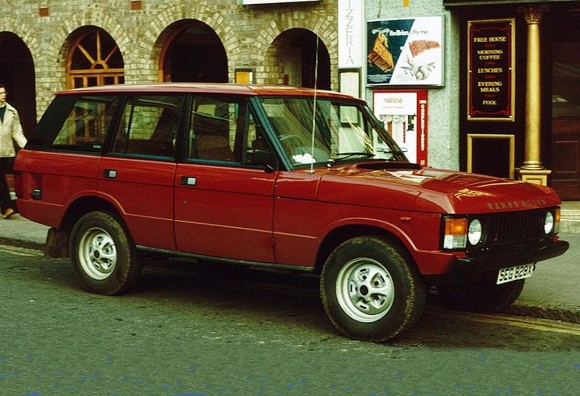
Back in the 1960s, the then-purely-British Rover Company decided to come up with a vehicle that would create a whole new market niche. They wanted to create a luxury version of the utilitarian Land Rover, and they wanted it to appeal to a new type of customer. And thus began the story of the Range Rover, that started out as a niche vehicle and can be considered a mass-market vehicle today.
In 1948, the Second World War had left the Rover Company with a huge factory, increased in size in order to meet the wartime demands, and they were left with over-capacity. They hit upon the idea of producing a mass-produced 4×4 vehicle, aimed at the agricultural and military markets. The Land Rover was inspired by the American Willys “Jeep”, and proved to be a hit. A wagon version later did not fare so well, and was canceled by 1951.
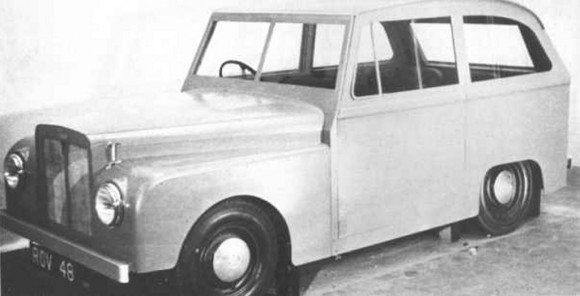
The new idea for another SUV-like RWD passenger vehicle was initiated in 1951, called the Road Rover, but that idea festered for a long time. By 1964, the company then turned their attention to the American market, and witnessed the success of the newly-launched Ford Bronco and Jeep Wagoneer trucks. The Road Rover project was suddenly in full swing, and was to have a 4×4 layout, but with a favorable on-road and off-road compromise.
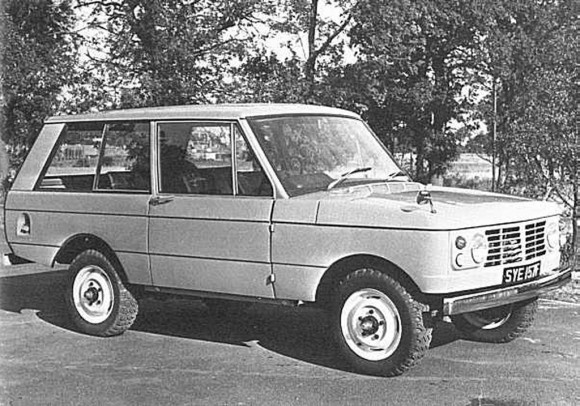
The prototype was called the “100-inch Station Wagon,” named after its wheelbase length, and was to look more like a car than a boxy utilitarian machine. The largely-aluminium body was designed for simplicity of construction. It broke from Land Rovers of its time by using coil springs instead of the then-common leaf springs. Because of its hefty weight, it also had disc brakes on all four wheels. Originally, it had no power steering, though this was added a few years after its introduction. When the “100-inch Station Wagon” prototype was built, the body style was intended only as a temporary measure in order to cover the running gear, but Rover management liked the look so much that they asked for it to remain with only little changes.
Of course, 1966 marked the time when the Rover Company was bought out by the Leyland Motor Corporation. By September 1967, the first full-size running prototype was built, and later the styling was cleaned up by David Bache’s design studio.
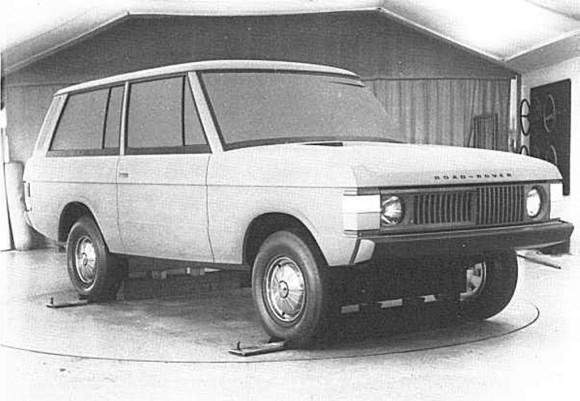
By early 1968, the design by David Bache’s studio was finalized, and signed off for production. Prototype testing was undertaken all over the world, and most of the time, the cars ran undisguised, with fake VELAR badges. Testing went well, and although it did not go quite well enough to meet the April 1970 deadline that British Leyland had wanted for its introduction, it still did extremely well, in both off-road testing and in customer clinics.
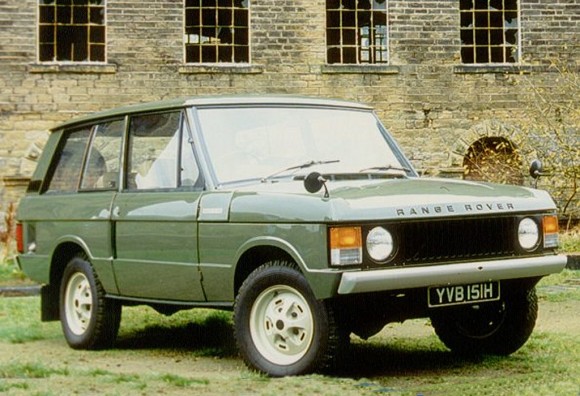
Finally, on June 17th 1970, the Range Rover was launched, with a 135 hp version of the Buick-derived 3.5L Rover V8 engine. Everyone loved it. Customer waiting lists were drawn up as soon as the Range Rover appeared. The Range Rover was launched at a price of £1998 in England, with no competition. It was an excellent off-road vehicle, a dignified on-road passenger car, and eventually, it even became a status symbol. Rover soon realized that people were buying their new hit for many other reasons than its off-road capability. It truly was among the first “crossover” vehicles, long before the term was invented.
The 1970s styling was considered perfect in every way, winning various design awards. British Leyland knew they were on to a winner in the Range Rover, and made sure that its price soon exceeded the rate of inflation. The demand for it did not let up for the next ten years, and it went on without any no real modifications.
British Leyland let the Range Rover carry on without any further development, and in 1979, finally created Land Rover Limited as a separate and autonomous entity, marking the beginning of some real investment in the company.
Outwardly, the first signs of change came in 1980, when the marketing effort behind the Range Rover was increased, and it was further separated from the Rover passenger-car line. That year saw the introduction of the Monteverdi five-door conversion, done by an aftermarket firm. Land Rover loved it so much that they approved the aftermarket model for production, and offered it for sale through their own dealerships. The Monteverdi was loved by everyone, but sales were low due to its high price as an aftermarket special. It drove Land Rover to make one of their own.































3 Comments
hi.. do they any parts for the 1972 model…?
just want to know do the parts of 1972 range rover ..still avalebble..?
I want a 1981-1995 5dr. Range Rover